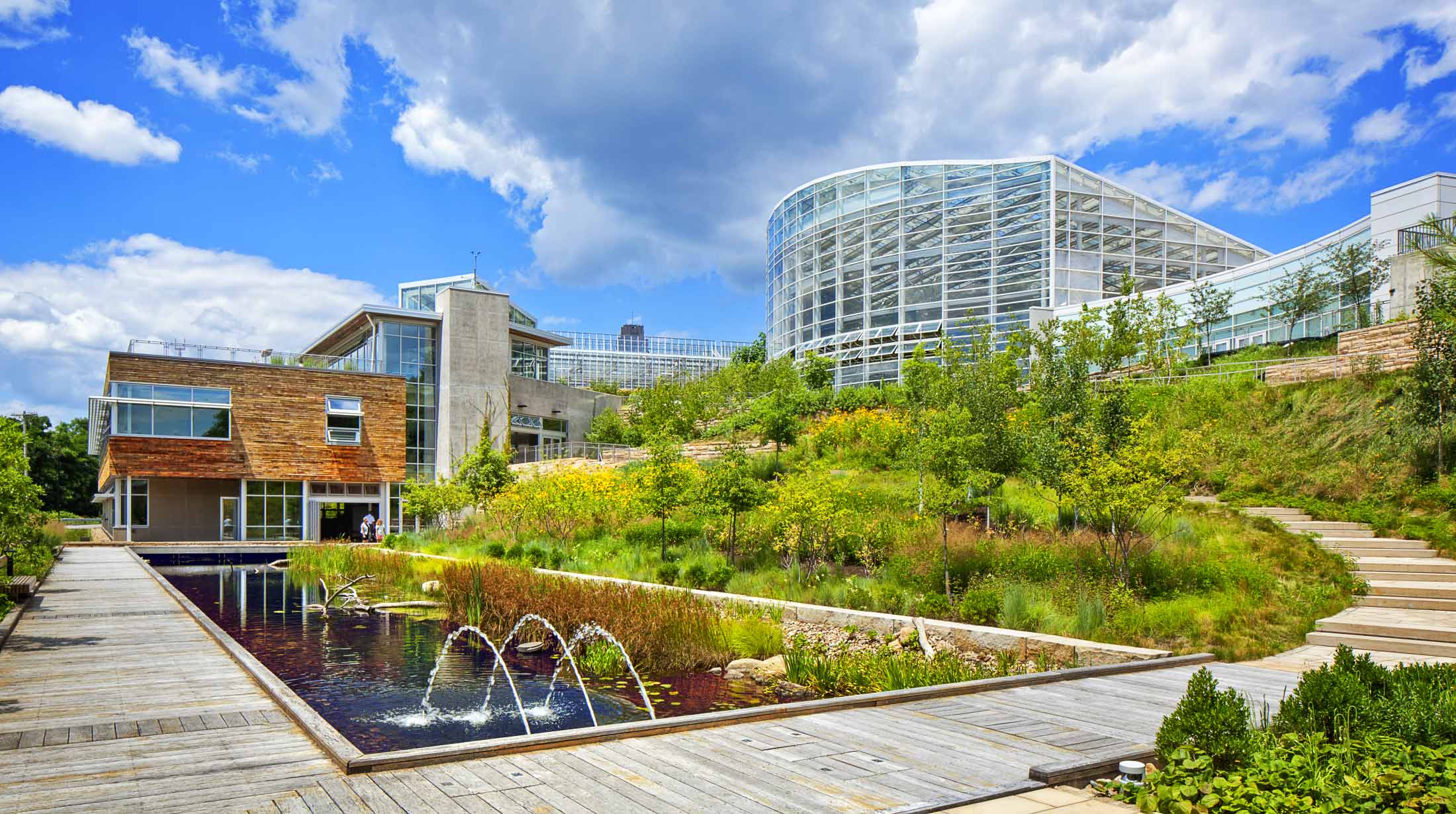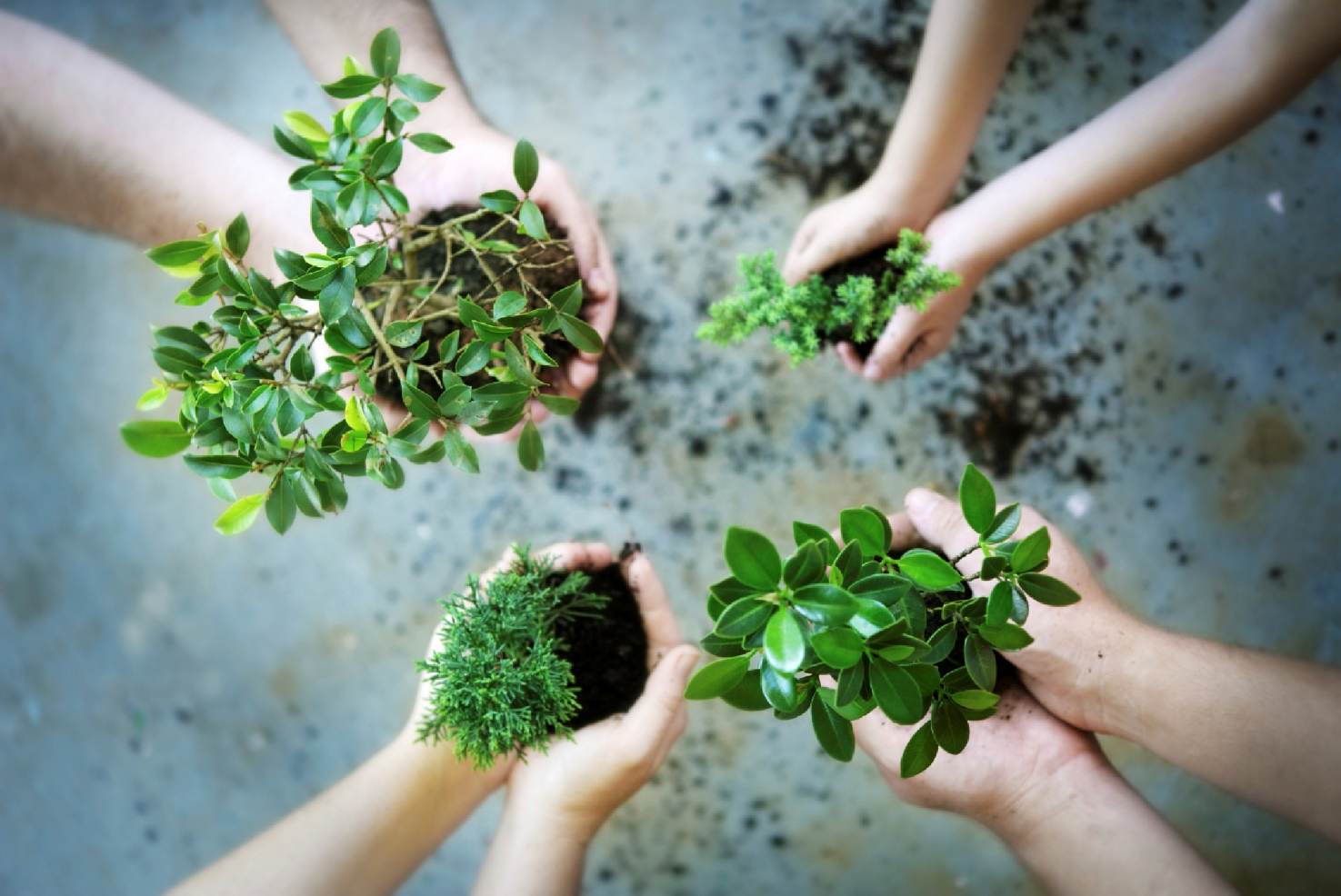Renewable energy is always sustainable. It is collected from Earth’s renewable resources which are naturally replenished. Sustainable energy, such as sunlight, wind, rain, waves, tides, and geothermal heat, provides an alternative to traditional energy resources. Energy from all these renewable sources doesn’t consume fossil fuel.
Pros of consumption of alternative energy resources include:
- lower gas emissions
- lower fuel prices
- less air pollution
Using sustainable energy resources is a significant step to reduce global warming and save the planet’s ecosystems.

Sustainable Energy As An Element Of Global Sustainability
Sustainable energy is a part of planet-wide sustainable development. The Brundtland Commission defines sustainable development as development that “meets the needs of the present without compromising the ability of future generations to meet their own needs.” Besides sustainable energy, sustainable development also includes other environmentally-friendly practices, such as sustainable architecture and design, engineering, agriculture, gardening, and food production.

Types Of Sustainable Energy
From solar power to biomass energy, consumption of all different types of alternative resources is important to reduce our carbon footprint on Earth. It’s time to talk about various energy resources type by type!

Solar Energy
Solar energy is an almost unlimited source of power, because the sun produces sunlight constantly. From plants to marine life, and animals to people, sunlight is a necessity for the well-being of all the planet’s ecosystems.
The sun generates energy from nuclear fusion. During this process, radiant energy is released to reach the Earth’s surface. Then, it’s transformed into electricity, heat, and/or hot water.

The Types Of Solar Energy
There are two types of solar power: active and passive energy. Passive solar energy heats a particular area depending on position, duration, and intensity of the sun’s rays. Active solar energy means using special technologies, such as solar collector panels, to capture, transport, and keep solar power during the daytime.

Generating Renewable Energy By Solar Panels
Solar-powered photovoltaic (PV) panels are electrical devices which convert sunlight energy into electricity. They are used to supply sustainable energy to private houses and residential/commercial buildings. Many federal, state, and local governments stimulate investment in solar power by providing rebates or tax credits. But rebates and tax credits don’t cover all the significant upfront costs for integrating solar power systems into personal abodes. Not all private houses have enough sunlight or even enough space to arrange the solar cells.
Using solar power rather than fossil fuels can:
- prevent climate change
- improve your mental and physical health due to your eco-consciousness
- cut your energy bills

The Productivity Of Solar Panels In Cold Climates
Unfortunately, solar energy is used less frequently in cold regions, such as Canada, Alaska, and in Nordic countries. Most companies and private homeowners from cold countries don’t consider installing solar power systems as an effective solution, because cold areas don’t get enough sunlight.
But on the other hand:
- Solar panels can work as long as there is sunlight. Cold weather will not impact electricity production.
- Solar cells can work even in snowy conditions because most of them are designed to withstand some amount of precipitation. So, solar panels such as these can resist fluffy snow.
- Usually, snow slips off or melts before it will interfere with the functionality of solar panels.
- An interesting fact is that the albedo effect of snow can contribute towards solar cells producing more electricity. The smooth surface of white snow on the ground near the panels can reflect sunlight as a mirror.

Wind Energy
Wind power is a clean energy source, because it doesn’t cause air pollution. Wind energy doesn’t release dangerous elements, such as smog and acid rain, which have a negative environmental influence and negatively impact human health. Wind power doesn’t produce carbon dioxide (CO2) and other greenhouse gasses which cause climate change for Earth.
Wind energy is used in powering sailing ships as well as in crop irrigation over time. For industrial uses, wind turbines are used to convert wind energy into electricity at wind farms. Depending on the size of a wind farm, it can power big companies or just be an addition to any energy organization. Thanks to the rise of the wind farm industry, new maintenance jobs were created.

On the other hand, the wind power industry has disadvantages:
- Wind farms must be built in areas with strong winds, not just anywhere on Earth.
- Unfortunately, wind turbines cause noise disturbances. Although urban areas need electricity the most, commercial companies don’t build wind farms near residential areas. It causes extra transportation costs for them.
- Wind turbines are dangerous for birds and bats, because they can die in turbines while flying. Scientists say that wind turbines kill more than a million birds and bats every year.

Geothermal Energy
Geothermal power is clean energy (heat) which is contained beneath the Earth’s crust. Also, heat can leak in a natural way as a result of volcanic eruptions and geysers. Heat makes producing geothermal power possible by using steam released from the heated water pumping from beneath the Earth’s surface. Then, steam goes up and rotates the turbines, which in turn activate generators. Geothermal energy is used for both heating and generating electricity.

The United States is the world-wide leader in the amount of electricity generated by geothermal power. According to Energy Information Administration (EIA), “In 2018, there were geothermal power plants in seven states, which produced about 16.7 billion kilowatthours (kWh), equal to 0.4% of total U.S. utility-scale electricity generation.” Almost all the hot water geothermal reservoirs are located in the American western states. The biggest part (71.9%) of total U.S. geothermal electricity generation is mined in California.

Hydroelectric Power
Hydroelectricity is a renewable source of energy. Hydroelectric power plants use the power of rivers and waterfalls in motion.
Water flows can turn the dam’s turbines to produce electricity. Such a water system is called a pumped-storage hydropower.
Run-of-river hydroelectricity (ROR) uses a channel to harvest the energy from flowing water rather than powering it through a dam.
Hydroelectric power is a sustainable energy resource which doesn’t cause air pollution. But hydroelectric power plants change waterways that in turn change water levels, currents, and migration paths for fish. It has a negative influence on our planet’s biodiversity.

Ocean Energy
Ocean energy is predictable and doesn’t depend on sunlight, wind, or other sustainable power resources. It’s easy to estimate the amount of energy which can be produced.
Oceans can generate thermal and mechanical energy. Thanks to the temperature difference (thermal gradients) between the ocean surface and deep ocean waters, wave thermal power can generate energy through special systems, such as the Ocean Thermal Energy Conversion (OTEC) system. It uses a temperature difference to power turbines and produce electricity.
Ocean mechanical energy uses the kinetic power of the tides’ ebb and flow to produce electricity, which is generated by Earth’s rotation and gravity of the moon. A two-way tidal power system produces electricity from both the incoming and outgoing tides.
South Korea, France, United Kingdom, and Canada have the most powerful tidal power plants. The largest electricity generation capacity at 254 megawatts (MW) is at Sihwa Lake Tidal Power Station in South Korea.

Biomass Energy
Biomass is a renewable energy source. This alternative energy is generated by biomass (plants, animals, and other living organisms) to produce electricity or heat. For instance, when you burn wood in your fireplace, you use biomass energy.
Carbon dioxide is released by burning wood, landfills, agricultural waste, and other biomass products. Plants and trees consume carbon dioxide to grow. It creates a balance for our atmosphere.




